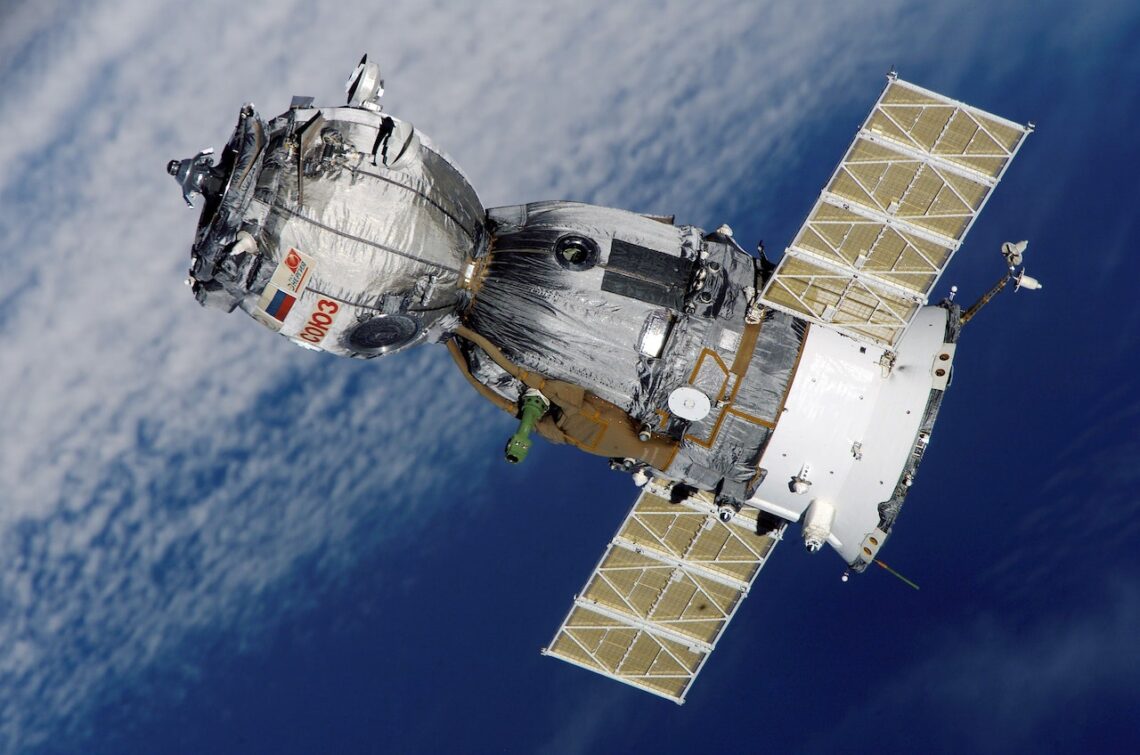
Solar Power in Space Exploration: Applications and Challenges
Solar power has been an indispensable source of energy in space exploration, powering a multitude of missions and vehicles that have expanded our understanding of the cosmos. From satellites orbiting Earth to interplanetary probes and future manned missions, solar power plays a crucial role in enabling space exploration endeavors. In this article, we will explore the applications of solar power in space exploration and delve into the challenges associated with harnessing energy from the sun beyond our planet.
Applications of Solar Power in Space Exploration:
Powering Satellites: Solar panels are a primary source of power for satellites in Earth’s orbit. These satellites, used for communication, weather forecasting, navigation, and scientific research, rely on solar panels to generate electricity for their onboard systems.
Interplanetary Missions: Solar power is utilized in interplanetary missions to planets like Mars and Jupiter. Space probes, landers, and rovers use solar panels to generate electricity in the vast distances of space where conventional power sources are not feasible.
Rovers and Landers: Space rovers and landers require a continuous source of energy to operate their scientific instruments and communication systems. Solar panels are integrated into these vehicles to provide sustainable power during their missions.
Space Telescopes: Renowned space telescopes like the Hubble Space Telescope and the upcoming James Webb Space Telescope utilize solar panels to generate electricity for their sophisticated instruments, allowing them to observe distant galaxies and unravel cosmic mysteries.
Space Stations: Solar power is critical for the operation of space stations such as the International Space Station (ISS). Solar arrays provide electricity for life support systems, scientific experiments, and communication.
Future Manned Missions: As humanity looks toward manned missions to Mars and beyond, solar power is expected to be a key energy source. Solar panels will provide the energy needed for life support, habitat systems, and propulsion technologies.
Challenges of Solar Power in Space Exploration:
Distance and Reduced Sunlight: The intensity of sunlight decreases significantly as spacecraft move farther from the sun. For missions in the outer solar system, solar panels need to be larger to capture sufficient energy. Additionally, during planetary missions, factors like eclipses and the planet’s own shadow can temporarily disrupt solar power generation.
Radiation Exposure: Space is filled with high-energy particles that can damage solar panels over time. Designing solar panels that can withstand the harsh radiation environment of space is a challenge. The use of protective coatings and advanced materials is crucial to ensuring the longevity of solar arrays.
Temperature Extremes: Space environments can have extreme temperature variations. Solar panels must be able to endure both freezing cold and scorching heat without compromising their efficiency and structural integrity.
Surface Area and Weight: Spacecraft have limited surface area available for solar panels, and every extra kilogram of weight adds to launch costs. Engineers need to strike a balance between maximizing power output and keeping the panels lightweight.
Maintenance and Degradation: While solar panels are generally low-maintenance, degradation over time due to radiation, micrometeoroid impacts, and other factors can impact their performance. Developing methods for maintaining or repairing panels in space is a challenge.
Efficiency Improvement: Enhancing the efficiency of solar cells used in space is an ongoing challenge. More efficient cells could generate more power with smaller panels, reducing the overall weight of spacecraft and making them more cost-effective to launch.
Alternative Power Sources: For missions that venture beyond the reach of sunlight, such as those exploring the dark side of the moon or the outer planets, alternative power sources like nuclear reactors or radioisotope thermoelectric generators (RTGs) are often used.
Future Prospects:
Despite the challenges, solar power remains a cornerstone of space exploration. Advancements in materials, design, and manufacturing are continually improving the efficiency, durability, and cost-effectiveness of solar panels for space applications. Furthermore, as we expand our exploration efforts to more distant destinations, innovations in energy storage and power management will likely complement solar power systems to ensure continuous energy supply.
Solar power has revolutionized space exploration by providing a reliable and sustainable source of energy for a wide range of missions and vehicles. As technology continues to evolve, addressing the challenges associated with harnessing solar energy in the harsh conditions of space will be crucial for enabling future ambitious space exploration endeavors.
You May Also Like

Solar Power and Microgrids: Empowering Local Communities
November 3, 2023
Solar Power in Disaster Relief: Portable and Off-grid Solutions
October 16, 2023

